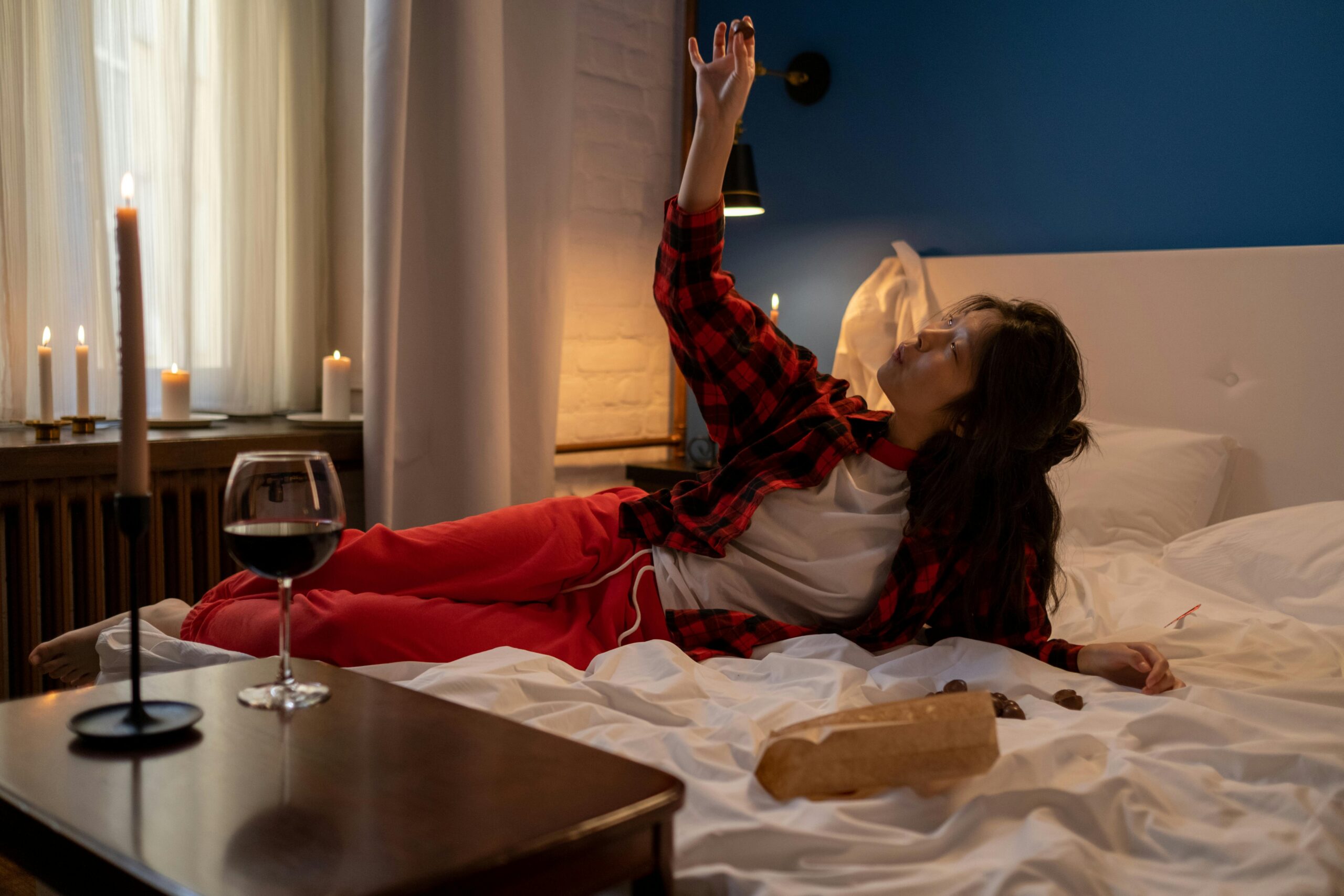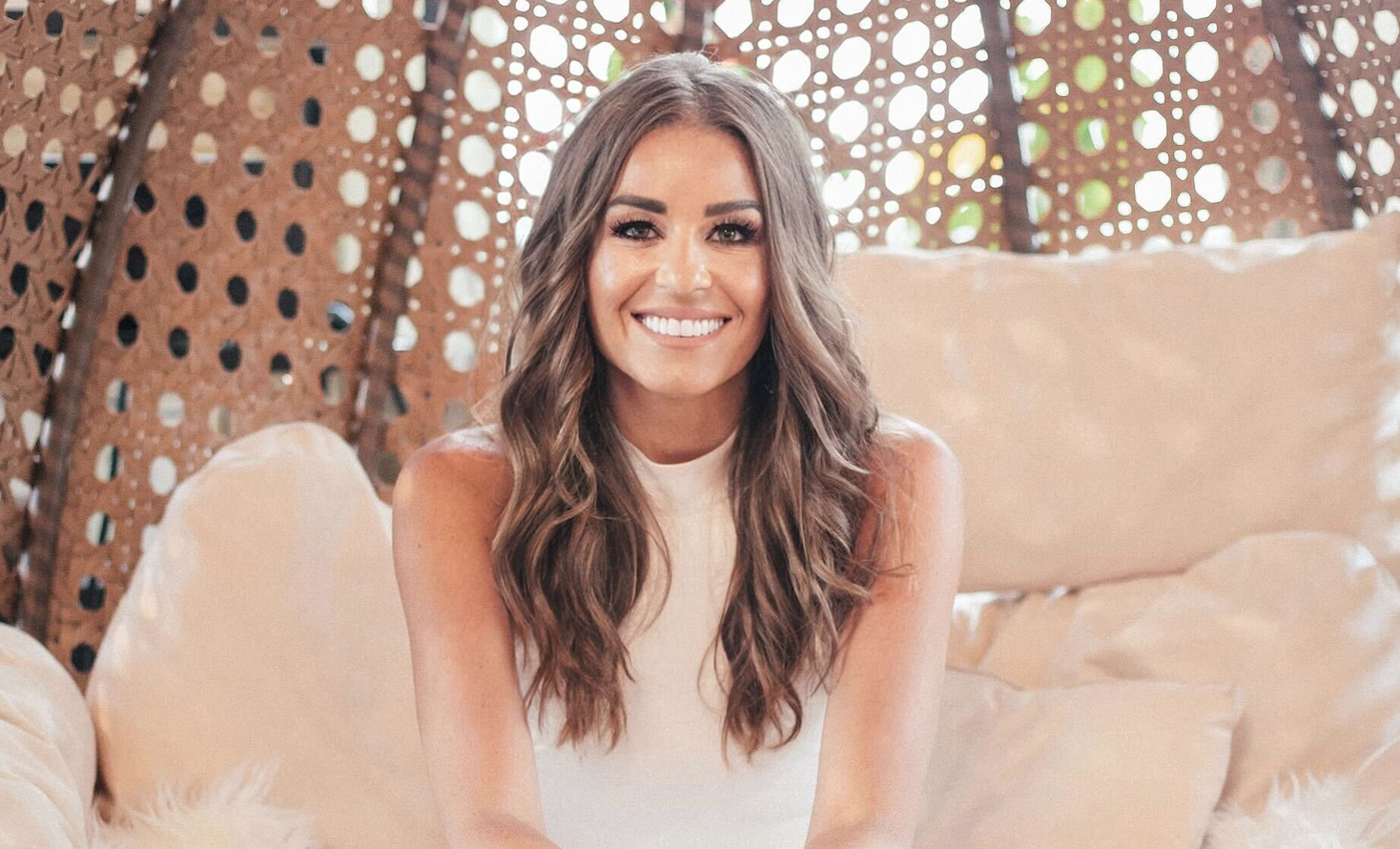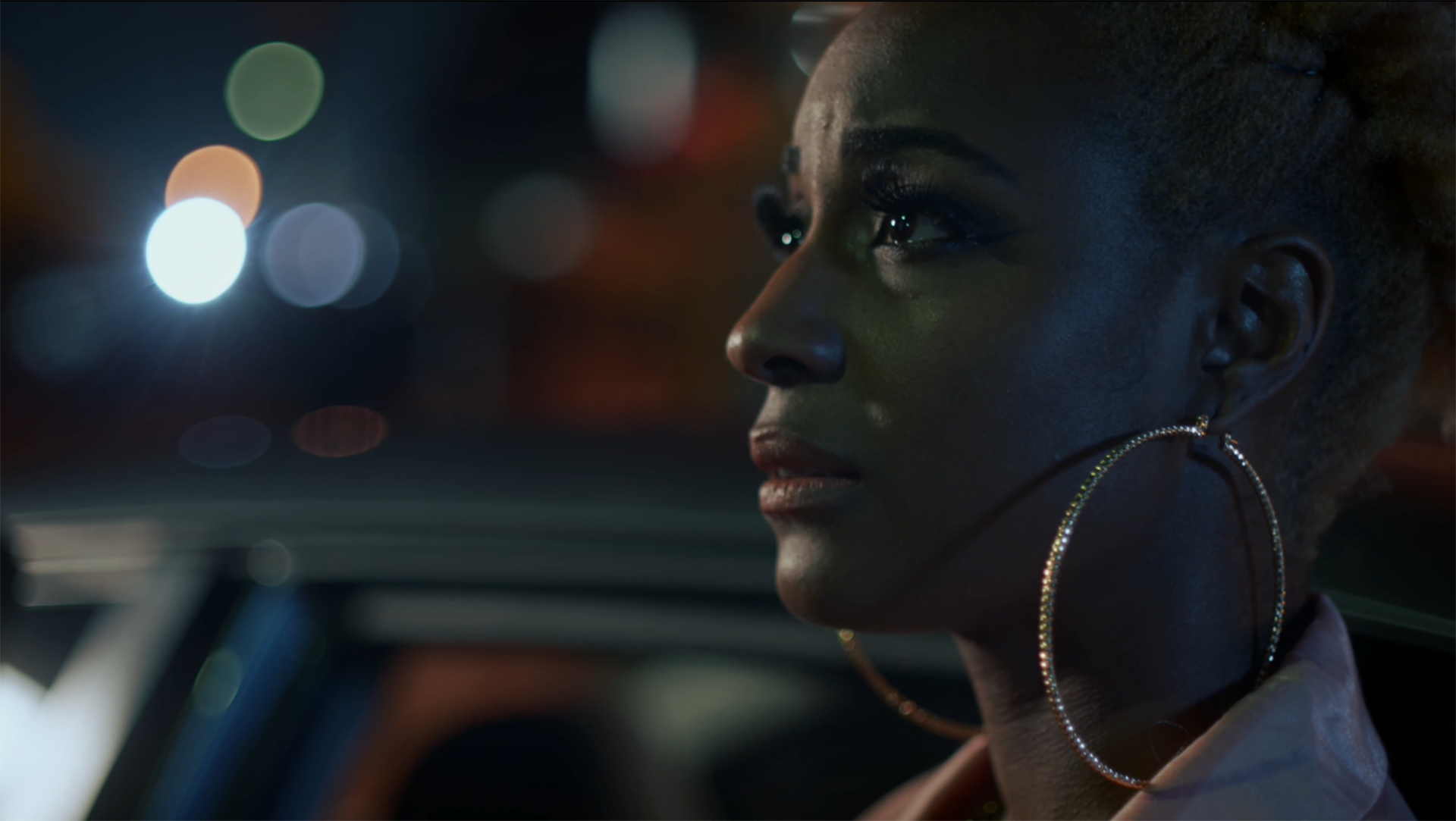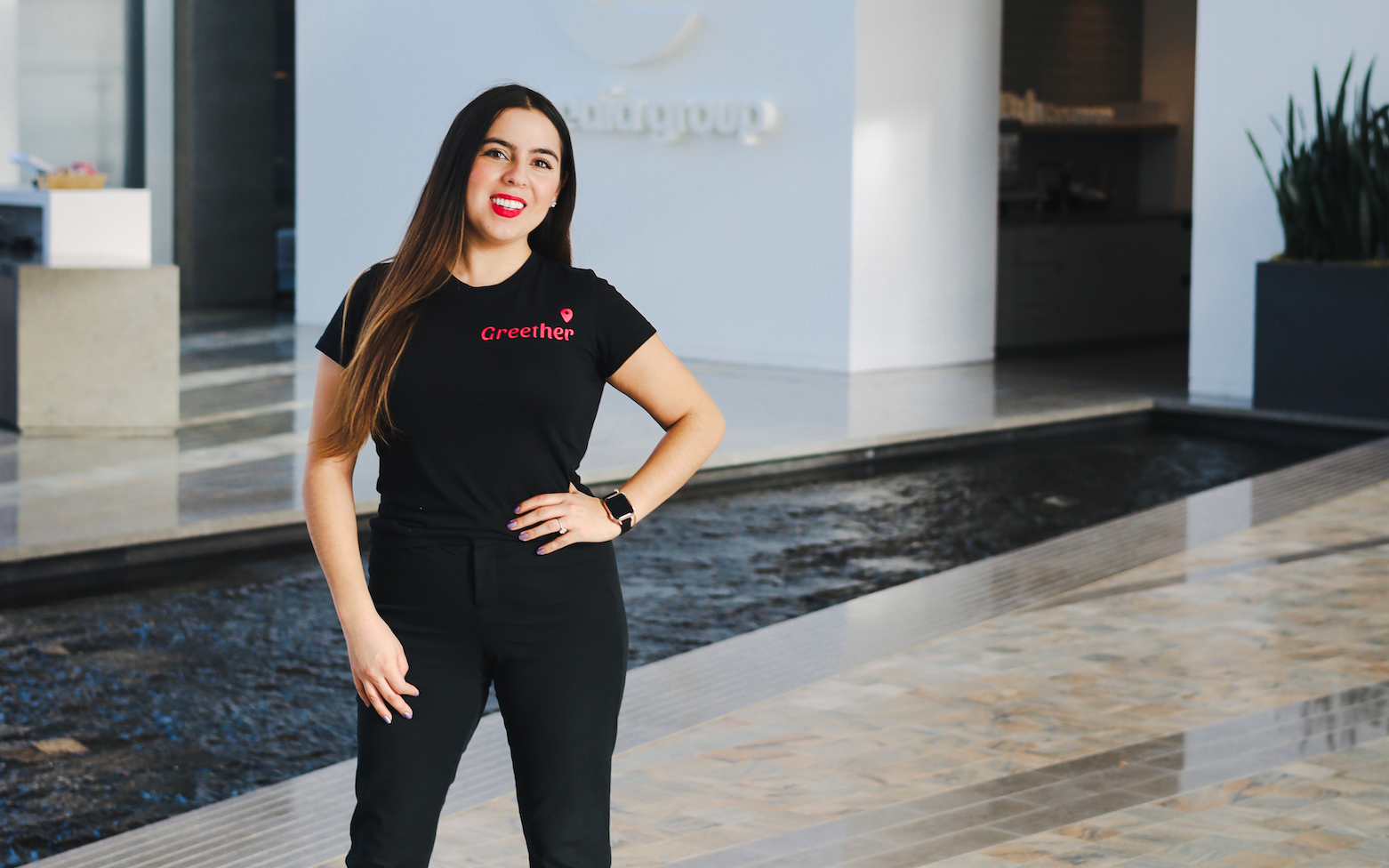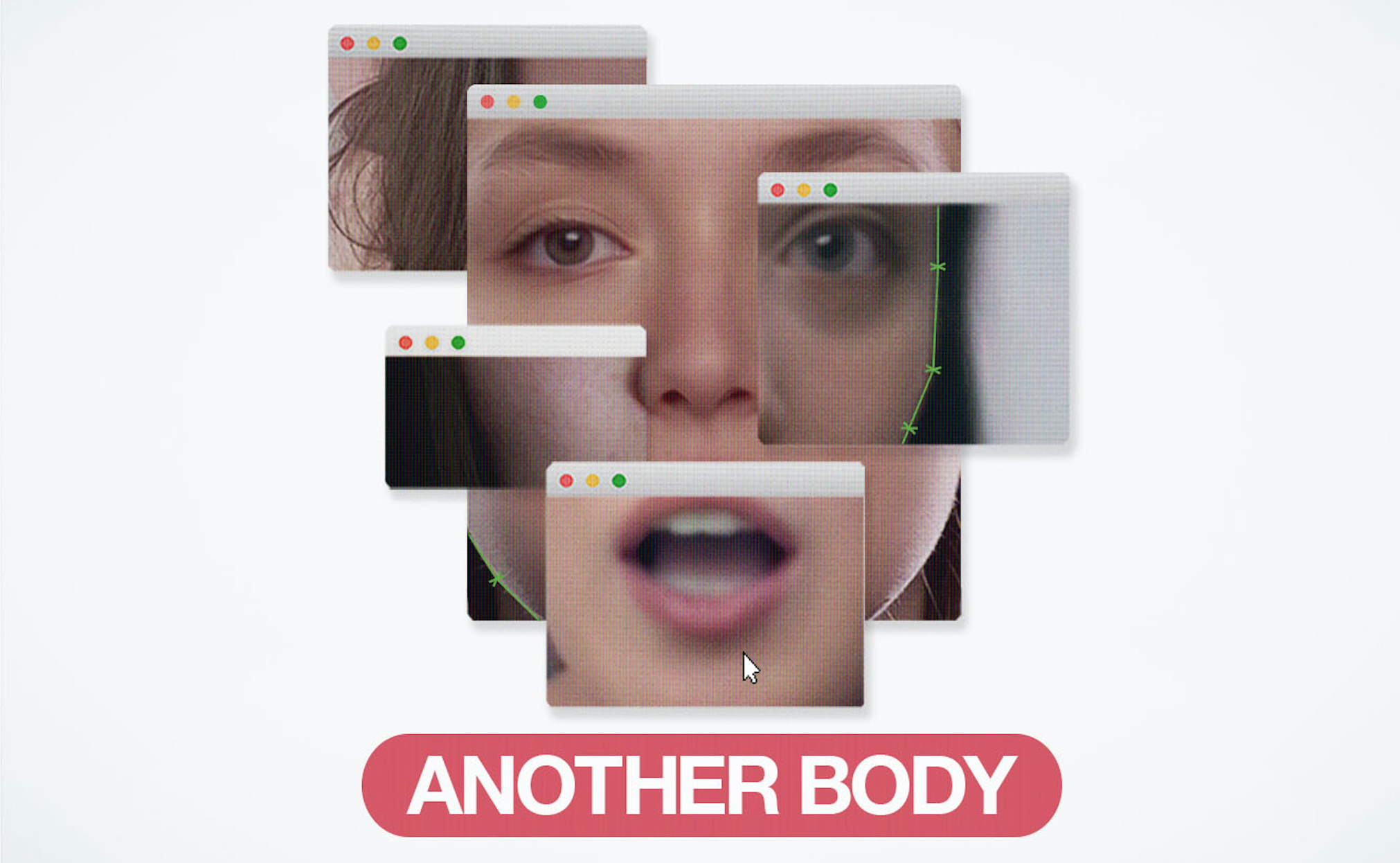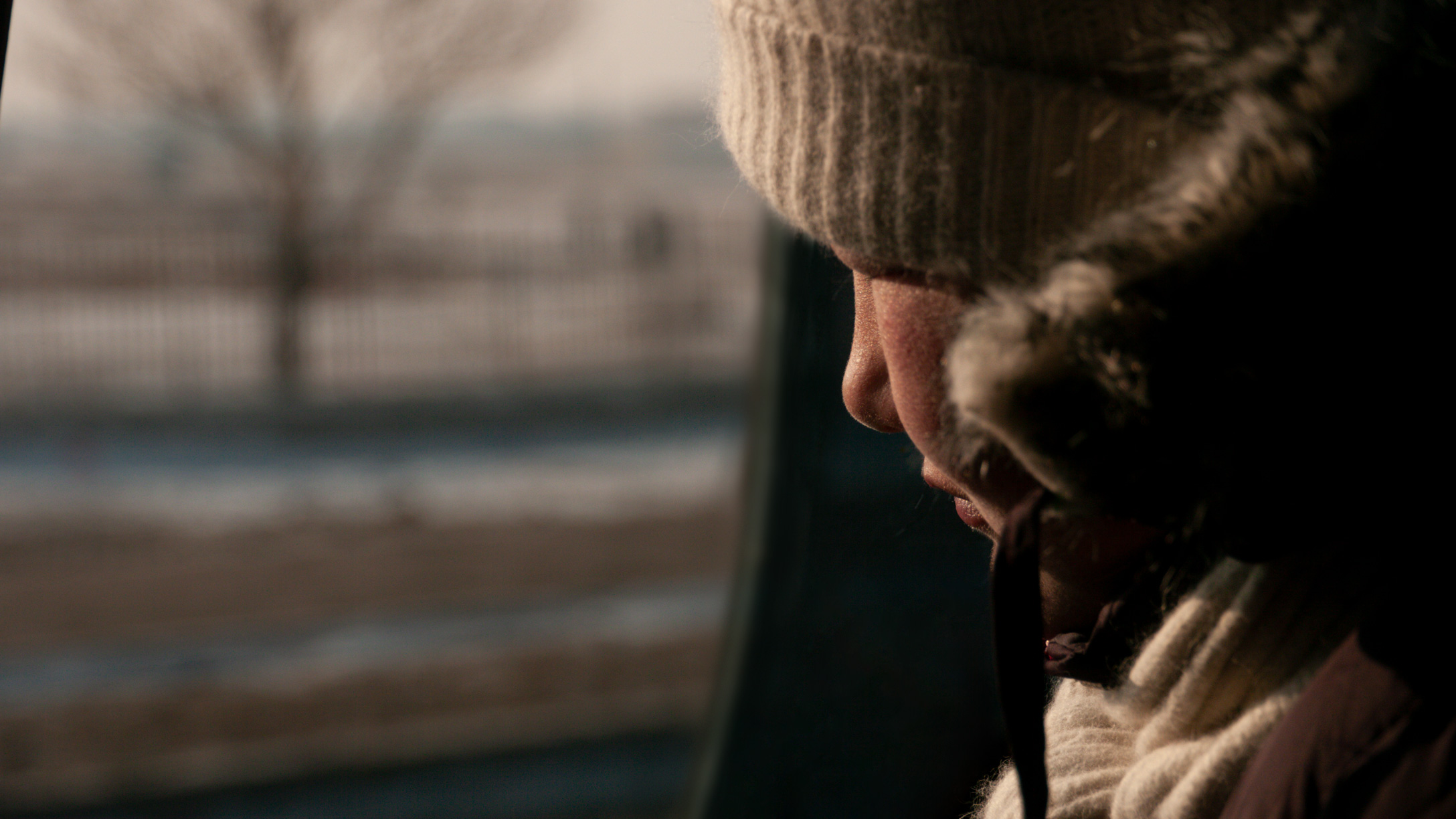
Storytelling is a medium that privileges the storyteller. The person writing the script, directing the action, choosing the footage, and making executive decisions about what we as audiences see and hear has immense power to shape and shift our perspectives on any number of topics.
When it comes to the portrayal of what it is like to live in the United States as a Muslim American, filmmaker and storyteller Nausheen Dadabhoy is utilizing the lens to empower people within the Muslim community to tell stories from their perspective, including her own.
Nausheen is a Pakistani-American director and cinematographer whose work spans fiction and documentary. As a cinematographer she has lensed an Oscar nominated live action short film and an Emmy winning feature documentary. Her films have screened at festivals worldwide, and her latest film ‘An Act of Worship’ made its national broadcast premiere on PBS October 17, as part of its POV series. Available to stream free until November 16 at pbs.org and the PBS Video app, ‘An Act of Worship’ introduces viewers to a diverse range of Muslim Americans as they recount the past 30 years of pivotal moments in U.S. history and policy from their own perspectives.
The film weaves together observational footage of activists who came of age after 9/11, community-sourced home videos, and evocative recollections from individuals impacted by incidents of Islamophobia. The filmmaking team’s first-hand knowledge and intimate access to the Muslim community, allows the participants to present honest accounts of their experiences, told in their own words.
In ‘An Act of Worship’, we meet Aber, whose father was deported when she was 16. Now, she’s a community organizer leading a sanctuary city initiative in New York. Khadega is an 18-year-old Sudanese immigrant living in Michigan. While she feels compelled to advocate for her community, she struggles to overcome society’s expectations of her and find her own way. Ameena is a civil rights lawyer in California, but as a mother, she’s conflicted between caring for her three young children or sacrificing her time with them to fight for change.
Weaving together observational footage of these three women with community home videos, and evocative recollections from individuals impacted by incidents of Islamophobia, ‘An Act of Worship’ opens a window into the world of Muslim Americans through collective memory.
“The film is framed through the point of view of people whose parents immigrated to the US in the 60s and 70s, people like me. Although the film initially looks like a sweeping look at Muslim life in America, it is a very personal story,” said director Nausheen Dadabhoy, whose own family home videos as well as her narration can be seen and heard throughout the film.
The outcome of ‘An Act of Worship’ is a counter-narrative told from the perspective of the Muslim American community. We had the chance to speak with Nausheen about personal storytelling, and how her own experience has shaped her career as a filmmaker.
An Act of Worship Trailer from Nausheen Dadabhoy on Vimeo.
When did you begin working on ‘An Act Of Worship’, and what compelled you to make it in the first place?
I started working on this film in 2016. I watched the election with one of our producers, Sofian Khan, and we both felt like we needed to do something, to contribute to what we felt would be like a difficult four years for the Muslim American community. We started to think about the film just a few days after the election, and initially we thought it would be a short. Sofian and I did co-direct a short about the initial organizing around the Muslim Ban, also entitled ‘AN ACT OF WORSHIP’, but during the course of making that we knew that this had to be a bigger story.
We understood that the Ban was not new, that similar Islamophobic policy like this had been impacting our communities for years. We also knew that even though Trump’s rhetoric was shocking, it was also not new to Muslim American communities, and we wanted to make a film that could highlight that.
The impetus to make this film is also tied to my desire to be a filmmaker. I was in college when 9/11 happened and I felt like all I saw was negative representation of Muslims in popular culture and news media, and I didn’t see anything that was close to my experience. I pursued filmmaking in undergrad and grad school, because I wanted to make work that would counter those representations, so in many ways this film is 20 years in the making.

In the press release you say that for this documentary to be fully authentic you needed to tell your own story. Was it hard to be objective when including such a personal narrative?
I hope that as a society we can accept that objectivity is a myth. Every storyteller is bringing themselves into the process of telling the story. I also wanted to make a subjective film, this is about our lived experience as Muslims in America, and I wanted it to be personal. But as a predominantly Muslim American filmmaking team we did worry that our film would come under scrutiny, so the film has a strong journalistic foundation. We relied on facts which I think is more important than claiming to be objective.
I also want to point out that there is a lot of secrecy around a lot of policies that have impacted our community. While doing research about the Patriot Act for instance, I found that many scholars had a hard time finding reliable data about the impact, and the same is true for the Countering Violent Extremism program and the Muslim Ban.
There were congressional hearings about the Muslim Ban where Congress members were frustrated, because the administration was not sharing information about how many people were impacted. I think this is important to note, because of this, lack of information makes personal testimonies of individuals who have lived with the repercussions of these policies even more valuable.
Many of us are familiar with the way Islamophobia increased after 9/11. What do you want viewers to know from yours and each of the characters’ points of view about this pivotal moment in history?
9/11 is a marker for so many people of my generation, because our parents were telling us to put our heads down and not call attention to ourselves. And I can say that I did do that and I lived in fear for a long time. I’d be lying if I said that I still don’t sometimes feel apprehensive about where I pray in public, etc. But at the same time I think many people in my generation also choose certain careers, because of 9/11. Ameena and I are the same age, she became an attorney to help her community and I became a filmmaker.
For me 9/11 also lead to a lot of self exploration of what it meant to be Pakistani-American and Muslim. I moved to Pakistan for a while and I got a green crescent and star tattoo. Like many Muslims my age that I spoke to while making the film, I was trying to figure out where I fit and how I wanted to represent myself. But I was also 19, so it’s kind of what you do at that age, we just had this huge incident forcing us to examine ourselves.
I think you can still feel the reverberations 20 years later, Khadega was 18 when we started filming and you can see that she is going through a similar journey in the film.

There has been a lot of criticism about other documentaries told about the Muslim experience from outsiders. Why is it important we still see Muslim Americans shaping their own narratives through film and media?
I think criticism isn’t necessarily about people outside of our experience telling our stories, but rather how marginalized Muslim storytellers, and one could say BIPOC storytellers at large, have been in creating work about their lived experience. I think you can see how radically different stories from Muslim storytellers look if you just take stock of all the incredible media that has been made in the last half decade or so, “Ms. Marvel,” “Ramy,” “We Are Lady Parts,” but also documentaries like “Two Gods” and “Hamtramck, USA.”
You see stories that are about Muslims, but that isn’t the only thing about their identity, and we want to see our stories told with complexity and nuance that is true to our lived experience. I feel like we are at a really exciting time when Muslim American/ Muslim diaspora creatives are just figuring out what kinds of stories we want to tell and how we want to tell them. We haven’t even scratched the surface of what our lens is on the world, so I think it’s also important for us to have the opportunity to do that.
I think the other part that becomes challenging is that gatekeepers who are majority also outside of our experience are asking for specific stories about our communities and we are much more than the narrow lane that we keep getting forced into.
Social impact is a big part of your screening strategy. What are some of the ways you are planning on engaging with audiences around the themes of ‘An Act of Worship’?
Our impact campaign is focused on using the film as a tool for healing, for Muslim audiences to start thinking about their lives in America outside of the lens of trauma, and to help the community understand why their stories are important and to give them tools to archive their stories. We use the film as a jumping off point for our healing workshops that are lead by a Muslim mental health professional. We hope to open the audience up to discussing trauma, so that our community can start to recognize the violence that systemic Islamophobia has created in these last 30 years, so that we can move towards the path of healing.
The storytelling workshop builds off of the counter-narrative seen in the film to help audiences create personal counter-narratives and see their story through a lens of joy and resilience rather than trauma. Workshops focused on building a community archive are focused on teaching community members how to conduct an interview. The workshop allows community members to understand each other’s experiences, and at the end of the workshop they leave with a recording of their story, so they have created a piece of archival material themselves.

How has your personal experience shaped and impacted your work as a filmmaker?
This film is a very clear portrait of me and how I was shaped by the last 30 years of this history as a filmmaker. The film incorporates a lot of my family’s home videos, I am one of the first narrators you hear, and the interstitial moments between scenes is footage that I’ve been filming for many years. My sister Fatima is in the film recounting how we were both bullied as kids during the first Gulf War. Because of that incident Fatima and I distanced ourselves from our Pakistani identity.
I became a filmmaker after 9/11, that event led me back to Pakistan where I would eventually make my first film, ‘THE GROUND BENEATH THEIR FEET’. The film is about two women who are forced to find a new direction in their lives after they are paralyzed in an earthquake that strikes the north of Pakistan and Pakistan occupied Kashmir. I am pretty sure that film was a large part of why I was accepted to the American Film Institute for graduate school.
Because I was always clear that filmmaking was about uplifting my communities I gravitated towards other Muslim and South Asian filmmakers when I began my career as a cinematographer. The types of projects that I work on largely center around social justice and more authentic representation for marginalized communities. You can see all of that coming together in AN ACT OF WORSHIP.
As a director and cinematographer, you are familiar with the literal and figurative lens that stories and topics are seen through. Can you tell us about the importance of people/communities being empowered (and funded!) to tell their own stories?
For me this question is about the audience. I am a part of the audience that I’m also trying to reach and the gaze and understanding that I have as an insider is important as a storyteller. That doesn’t mean that identity is enough, I had to do a lot of labor to understand the experiences of the myriad of people whose testimonies are incorporated in the film. The film is so much about breaking down the idea of Muslims as a monolith and as a Pakistani-American from an upper-middle class background growing up on the West Coast my experience is of course different from someone like Aber who is growing up in a working-class neighborhood in Brooklyn, or Khadega who is a Black Muslim.
At the same time we have a lot of shared experiences as Muslims growing up in the US. Especially those of us from immigrant backgrounds. As we have started sharing the film in Muslim communities across the US the overwhelming response from people is, “I feel seen,” and it feels like the work we did to understand everyone’s experience, but also include our protagonists in the filmmaking process has paid off. And I feel like empowering creatives from marginalized communities is about serving those communities. It’s allowing those communities to really be seen.
Although this is a documentary that centers the experiences of Muslims, what do you hope all audiences will relate to in the stories being shared, regardless of their background?
I get this question a lot and I have one response, I made this film for the Muslim American community full stop. I didn’t think about how other communities could connect with the film and I also importantly didn’t care if they got something out of the film. To me, we are enough.
You can watch ‘An Act of Worship’ available to stream free until November 16 at pbs.org and the PBS Video app. Learn more about the film and Nausheen Dadabhoy on the official website.












